Table of Contents
Introduction to Essential Spices
Whether you're new to cooking or a seasoned chef, having the right spices can transform your dishes. Here's a comprehensive guide to the top 10 essential spices for home cooking, including how to use them, storage tips, and expert pairings to elevate your meals instantly.
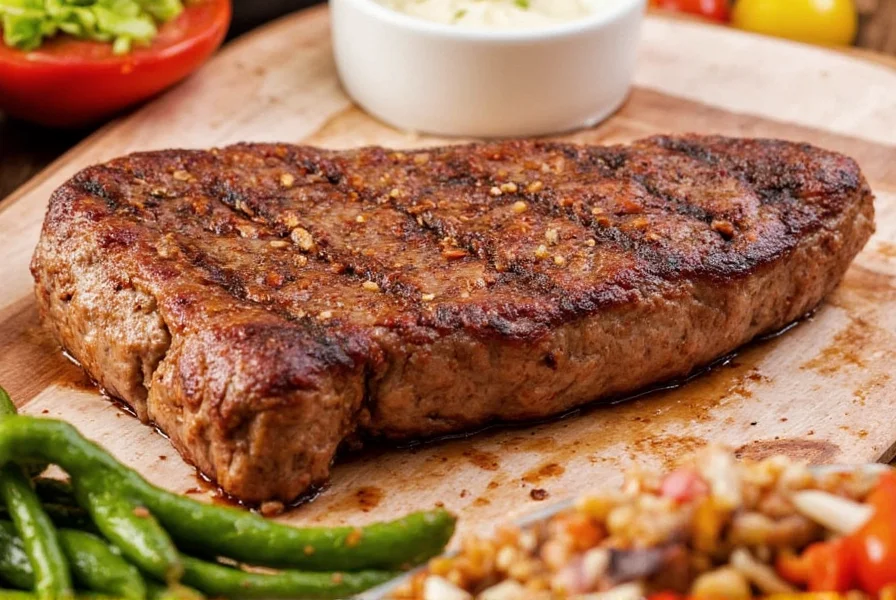
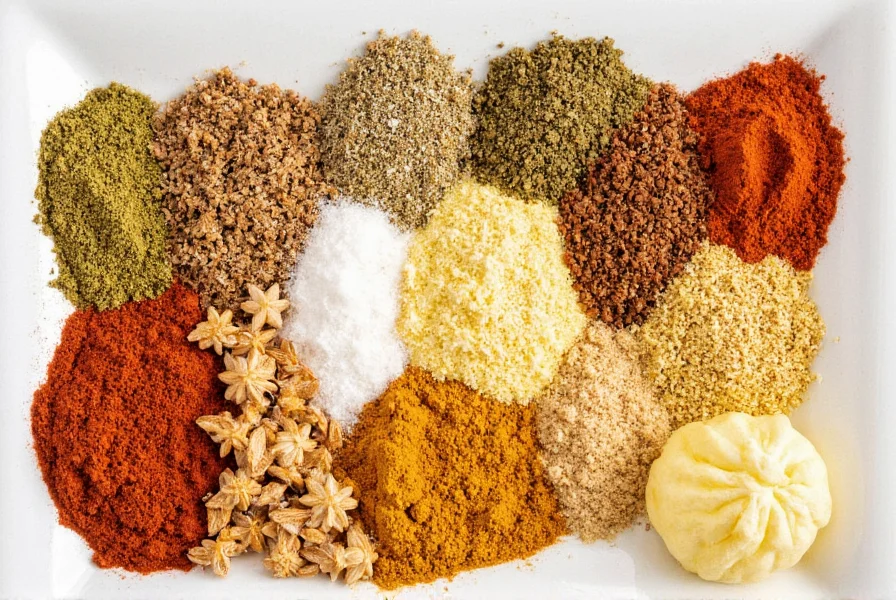
The Ultimate List of Essential Spices
Each spice brings unique flavor profiles and culinary applications. Master these basics to build confidence in the kitchen:
| Spice | Description | Flavor Profile | Best Used In |
|---|---|---|---|
| Cumin | A warm, earthy spice with a slightly nutty undertone | Roasted, smoky, and grounding | Tacos, curries, chili, and roasted vegetables |
| Garlic Powder | A convenient alternative to fresh garlic with mellow savoriness | Savory, umami-rich, and versatile | Soups, sauces, roasted meats, and marinades |
| Paprika | Available in sweet, smoked, and hot varieties; adds vibrant color | Smoky, sweet, or spicy depending on type | Stuffed peppers, stews, grilled meats, and deviled eggs |
| Oregano | A Mediterranean herb with robust, slightly bitter notes | Herbal, pungent, and earthy | Pizza, pasta sauces, tomato-based dishes, and Greek salads |
| Coriander | A citrusy, slightly sweet seed with floral hints | Fresh, lemony, and aromatic | Curries, rice dishes, salsas, and spice rubs |
| Chili Powder | A blend of ground chilies and spices for heat and depth | Spicy, smoky, and complex | Mexican dishes, salsas, barbecue rubs, and chili |
| Bay Leaves | A fragrant leaf that infuses subtle herbal notes | Earthy, floral, and slightly minty | Beef stew, chicken broth, and slow-cooked meals |
| Thyme | A versatile herb with delicate minty and floral tones | Herbal, slightly sweet, and woodsy | Roast chicken, stuffing, herb-infused oils, and soups |
| Mustard Seeds | Used whole or ground for sharp, pungent kick | Sharp, tangy, and slightly nutty | Salads, pickles, mustard-based sauces, and Indian curries |
| Saffron | A luxurious spice known for golden color and delicate flavor | Floral, honey-like, and subtly earthy | Paella, risotto, desserts, and seafood dishes |
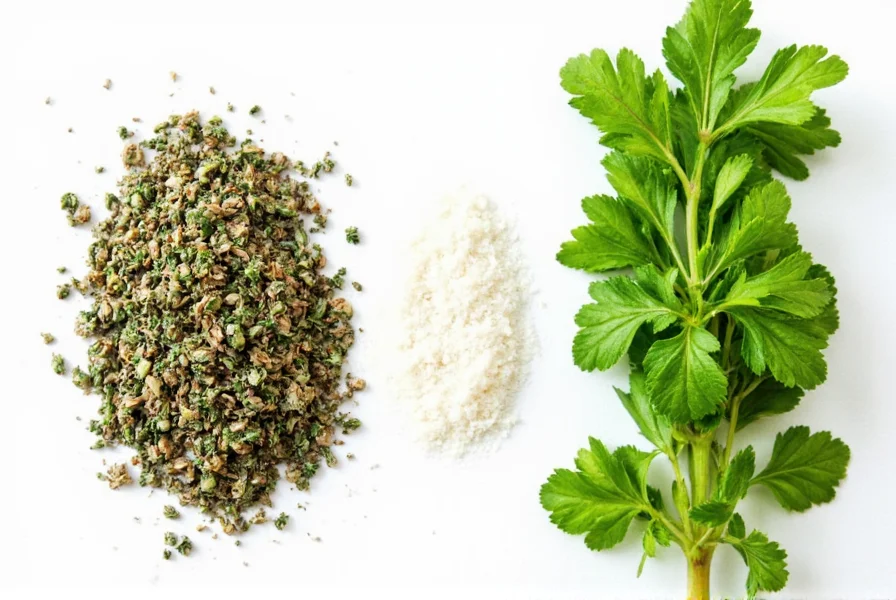
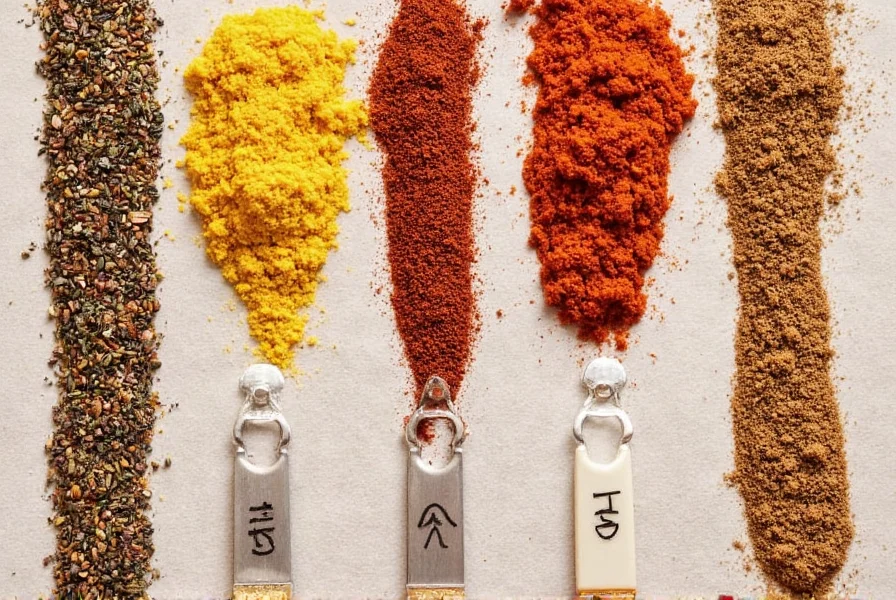
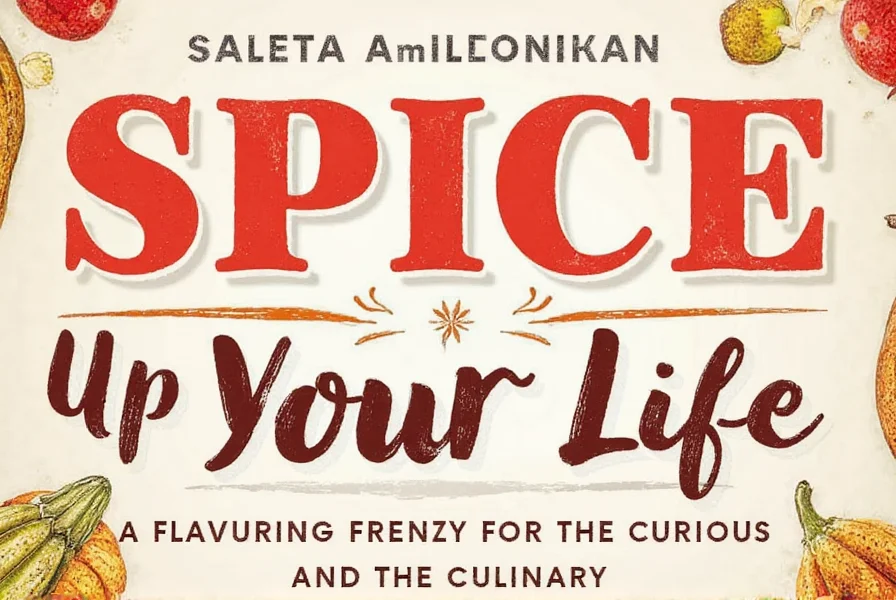
Practical Tips for Using Spices
Unlock maximum flavor with these expert techniques:
- Toast Whole Spices: Heat whole cumin or mustard seeds in a dry pan for 1-2 minutes before grinding to release aromatic oils.
- Bloom in Oil: Add ground spices like paprika or chili powder to hot oil at the start of cooking to intensify flavors.
- Layer Flavors: Add hardy herbs (thyme, bay leaves) early in cooking; delicate herbs (cilantro, basil) at the end.
- Pair Smartly: Cumin and coriander complement Mexican dishes; garlic powder and rosemary elevate roasted meats; cinnamon and allspice create perfect baking blends.
- Start Small: For potent spices like saffron or cayenne, begin with a pinch and adjust gradually to avoid overpowering dishes.
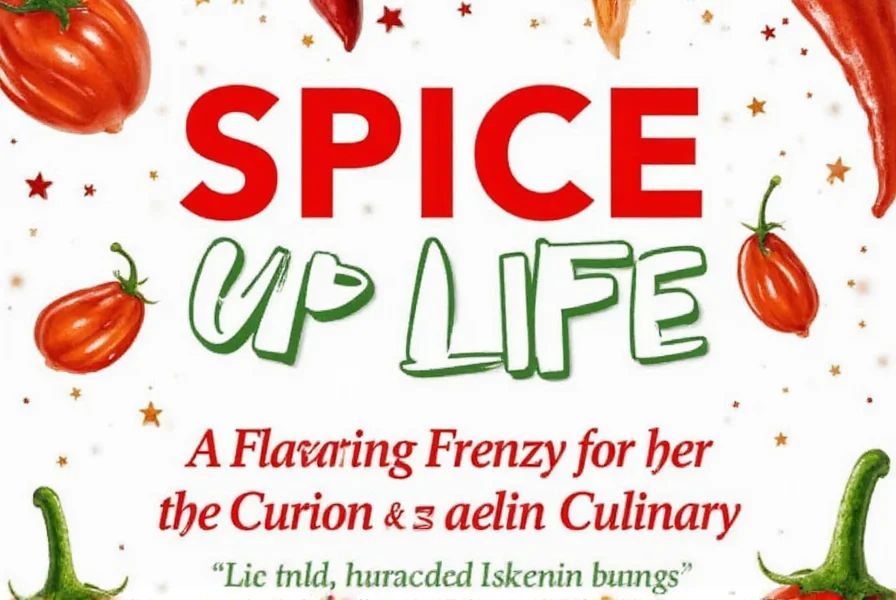
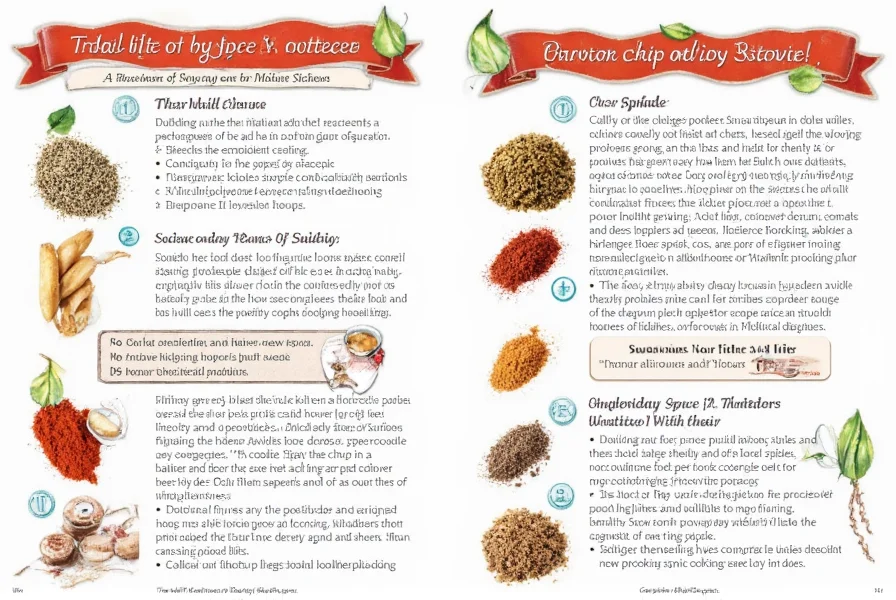
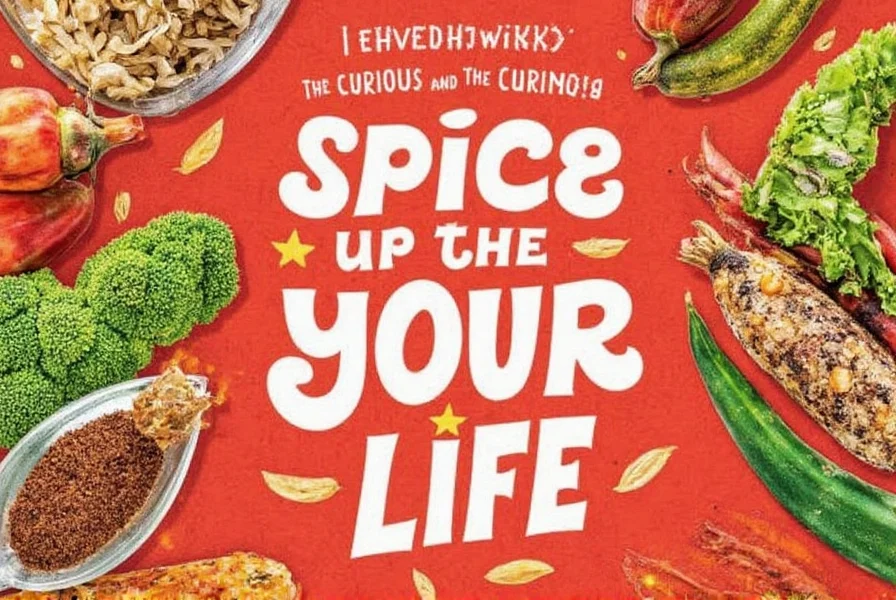
Buying and Storing Tips
Preserve freshness and potency with these practical guidelines:
- Buy Whole When Possible: Whole spices retain flavor 2-3x longer than pre-ground. Grind them fresh using a mortar and pestle or spice grinder.
- Store Properly: Keep spices in airtight glass containers away from heat, light, and moisture. Avoid storing near stovetops or windows.
- Check Freshness: Rub a pinch between fingers—if aroma is weak or musty, replace it. Whole spices last 3-4 years; ground spices 2-3 years.
- Buy in Small Quantities: Purchase only what you'll use within 6 months to ensure peak flavor. Specialty stores often offer small-batch options.
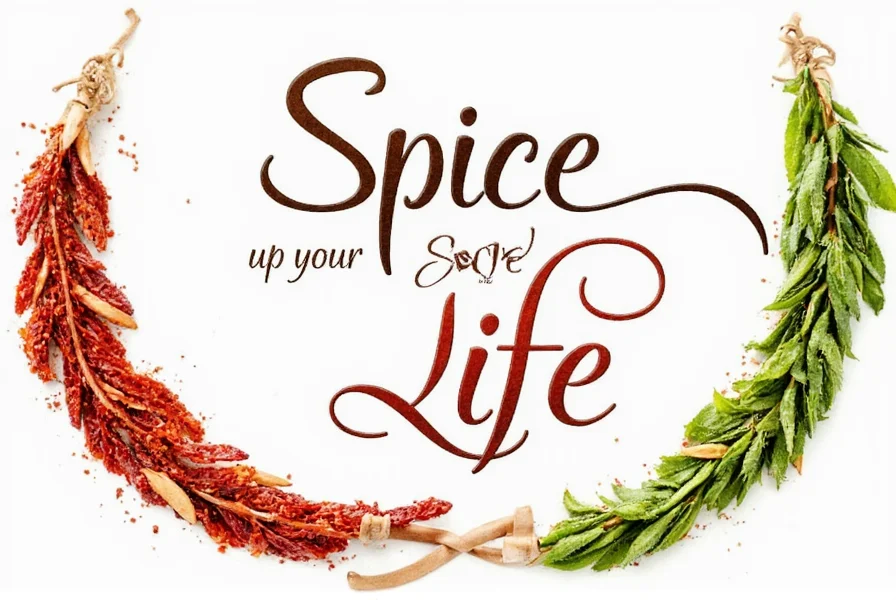
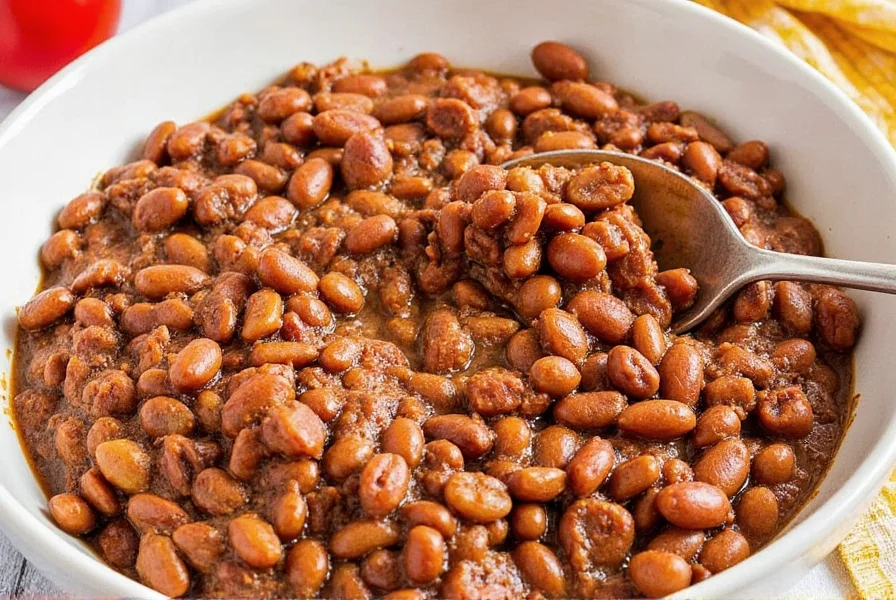
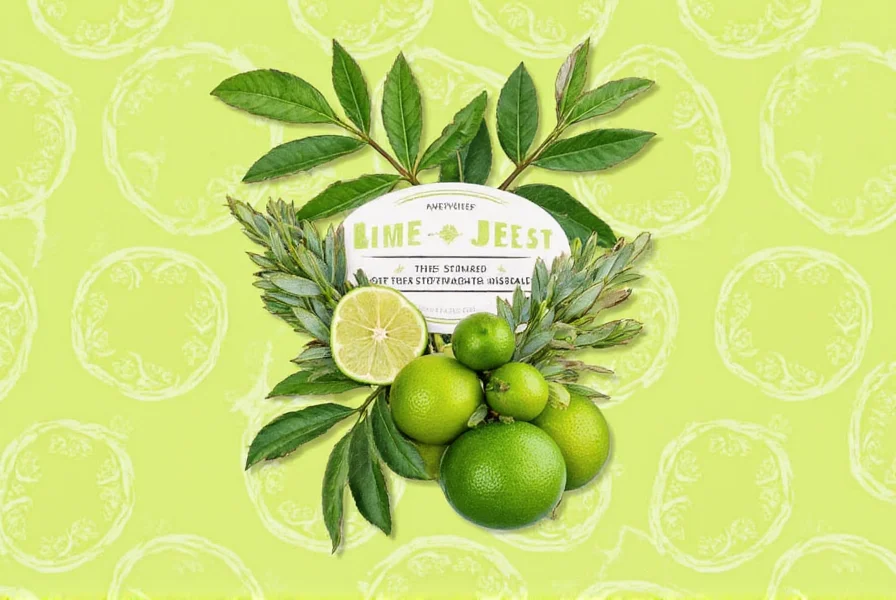
Frequently Asked Questions
What are the top 3 spices every kitchen must have?
Salt, black pepper, and garlic powder form the essential foundation. Salt enhances natural flavors, black pepper adds subtle heat, and garlic powder delivers savory depth to virtually any dish without overpowering other ingredients.
How do I know if my spices are still fresh?
Fresh spices should have a strong, distinct aroma. Rub a pinch between your fingers—if the scent is weak or musty, it's time to replace them. Whole spices typically stay potent for 3-4 years, while ground spices last 2-3 years. Store properly in airtight containers to maximize shelf life.
What's the difference between herbs and spices?
Herbs come from leafy parts of plants (e.g., thyme, oregano) and often have delicate flavors. Spices originate from seeds, roots, bark, or flowers (e.g., cumin, cinnamon) and typically offer more intense, complex profiles. Herbs are best used fresh or dried; spices are usually dried and ground for maximum impact.
Can I substitute dried herbs for fresh ones?
Yes, but adjust quantities: use 1 part dried herb for every 3 parts fresh. For example, replace 1 tablespoon fresh basil with 1 teaspoon dried basil. Dried herbs have concentrated flavor, so start with less and taste as you cook.
What are the best spice combinations for Mexican cuisine?
For authentic Mexican flavors, combine cumin, chili powder, and smoked paprika for depth. Add oregano and garlic powder for complexity. For salsas, mix cilantro with lime and jalapeño. A classic taco seasoning blend includes these spices plus a pinch of cayenne for heat.
How do I maximize spice flavor in slow-cooked dishes?
Bloom ground spices in oil at the beginning of cooking to release essential oils. Add whole spices like bay leaves or mustard seeds early for infusion. For herbs, use hardy varieties (thyme, rosemary) at the start and delicate ones (cilantro, parsley) at the end. Always taste and adjust seasoning before serving.
Conclusion
Spices are the soul of great cooking—they turn simple ingredients into memorable meals. By mastering these 10 essential spices, you'll build confidence in the kitchen and unlock endless flavor possibilities. Remember to toast, bloom, and store them properly to preserve potency. With consistent practice and experimentation, you'll create dishes that impress every time. Start small, trust your palate, and let spices tell your culinary story.










 浙公网安备
33010002000092号
浙公网安备
33010002000092号 浙B2-20120091-4
浙B2-20120091-4